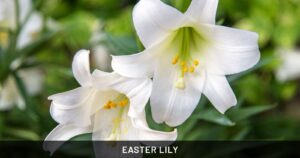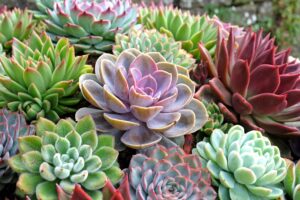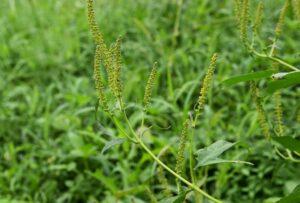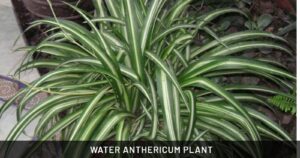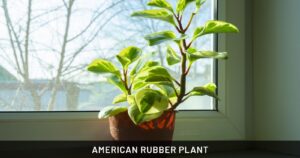Yellow Mushrooms in Houseplants: Causes, Identification, and Solutions
Have you ever noticed small yellow mushrooms suddenly appearing in your favorite houseplant? These unexpected visitors can be concerning, especially when you’ve worked hard to maintain a healthy indoor garden. Yellow mushrooms in houseplants are a common occurrence that many plant enthusiasts encounter, and understanding them is key to maintaining a thriving indoor garden.
In this comprehensive guide, you’ll learn everything you need to know about those yellow fungi popping up in your potting soil, from identification to prevention and whether they pose any risk to your beloved plants or your household.
Why Yellow Mushrooms Appear in Houseplants
Yellow mushrooms don’t appear by accident. Their presence in your houseplants is the result of specific environmental conditions that favor fungal growth. Understanding these factors can help you both prevent their appearance and address them appropriately when they do show up.
The Fungal Life Cycle
Before diving into why yellow mushrooms appear in your houseplants, it’s helpful to understand what they actually are. Mushrooms are the reproductive structures (fruiting bodies) of certain types of fungi. The main body of the fungus, called mycelium, lives in the soil as a network of thread-like structures invisible to the naked eye.
When conditions are right, the fungus produces mushrooms to release spores for reproduction. These spores are microscopic and can travel through air, water, or hitchhike on various materials, eventually finding their way into your houseplants.
Perfect Conditions for Fungal Growth
Yellow mushrooms thrive in specific conditions commonly found in houseplant environments:
- Moisture: Consistently damp soil provides the humid environment fungi need to thrive. If you’re seeing yellow mushrooms, overwatering might be an issue.
- Organic Matter: Decomposing material in potting soil serves as food for fungi. Premium potting mixes rich in organic components like compost, bark, or peat moss are particularly attractive to fungi.
- Warm Temperatures: Most indoor temperatures are ideal for fungal growth, especially the 65-75°F (18-24°C) range typical in most homes.
- Limited Air Circulation: Still air around houseplants creates the perfect microclimate for fungal growth, which is why mushrooms often appear in corners or areas with limited airflow.
- Low Light: While not all fungi require darkness, many yellow mushroom species that appear in houseplants prefer indirect light conditions common for indoor plants.
According to research from the United States Department of Agriculture’s Forest Service, fungi play a vital role in breaking down organic matter in soils, making nutrients available for plants to absorb. This relationship can actually be beneficial in natural ecosystems, though it may be less desirable in your living room. You can learn more about beneficial fungi in soil ecosystems on the USDA Forest Service website.
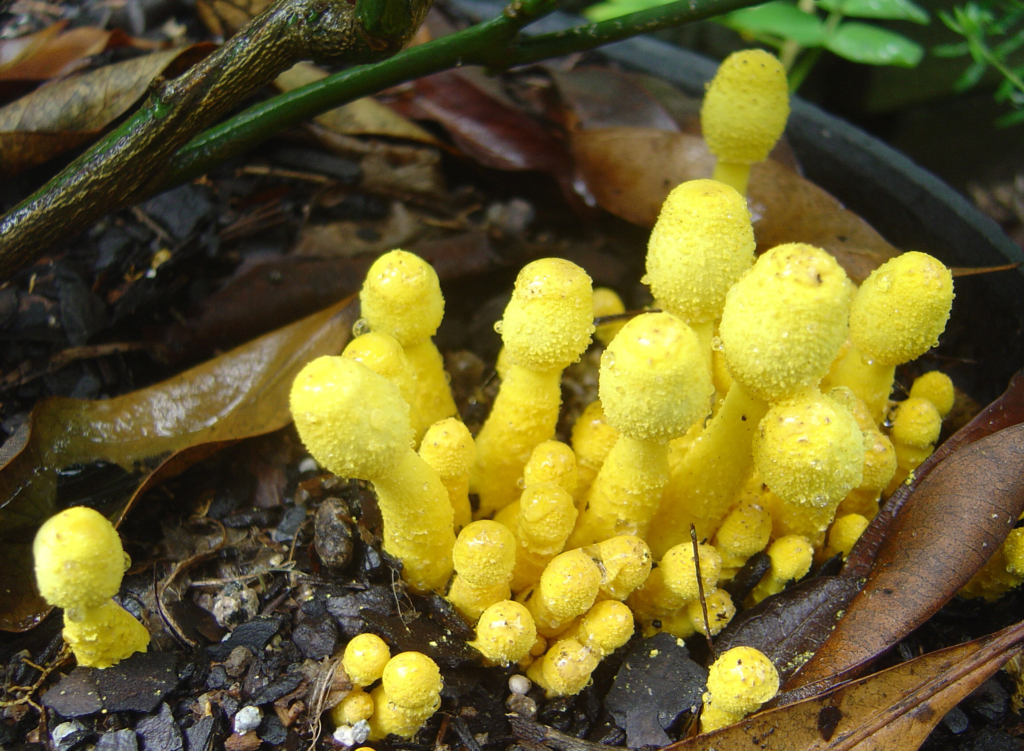
Common Types of Yellow Mushrooms Found in Houseplants
Yellow mushrooms in houseplants typically belong to a few common species. Identifying which type has appeared in your pots can help you understand how to address them and whether they pose any risk.
Leucocoprinus birnbaumii (Yellow Houseplant Mushroom)
The most common yellow mushroom found in houseplants is Leucocoprinus birnbaumii, often called the flowerpot parasol or yellow houseplant mushroom. These bright yellow mushrooms start as small, egg-shaped buttons and develop into small parasol-shaped caps on thin stems, usually reaching 1-3 inches in height.
Leucocoprinus cepistipes (White-Spored Parasol)
Though named for its white spores, the caps of Leucocoprinus cepistipes often have a yellowish tint, especially when young. They’re similar to L. birnbaumii but tend to be less vibrantly yellow and may fade to white as they mature.
Leucocoprinus brebissonii (Speckled Houseplant Mushroom)
This species starts with yellow caps that develop brown or gray speckles as they mature. The stems remain pale yellow, creating a distinctive two-toned appearance.
Gymnopilus luteofolius (Yellow Gym)
Less common in houseplants but still occasionally present, these mushrooms have rusty-yellow to orange caps and can grow in clusters.
The table below highlights key identifying features to help you determine which yellow mushroom may have made your houseplant its home:
| Species | Cap Size | Color | Special Features | Growth Pattern |
|---|---|---|---|---|
| Leucocoprinus birnbaumii | 1-2 inches | Bright yellow to lemon-yellow | Pleated cap with central bump | Solitary or small groups |
| Leucocoprinus cepistipes | 1-3 inches | Pale yellow fading to white | Scaly cap surface | Solitary or clusters |
| Leucocoprinus brebissonii | 1-2 inches | Yellow with brown speckles | Distinctive speckled pattern | Usually solitary |
| Gymnopilus luteofolius | 1-4 inches | Rusty-yellow to orange | Rusty-colored spores | Often in clusters |
Are Yellow Mushrooms Harmful to Your Plants?
One of the first questions plant owners ask when discovering yellow mushrooms is whether they’ll harm their beloved houseplants. The answer might surprise you and help ease your concerns.
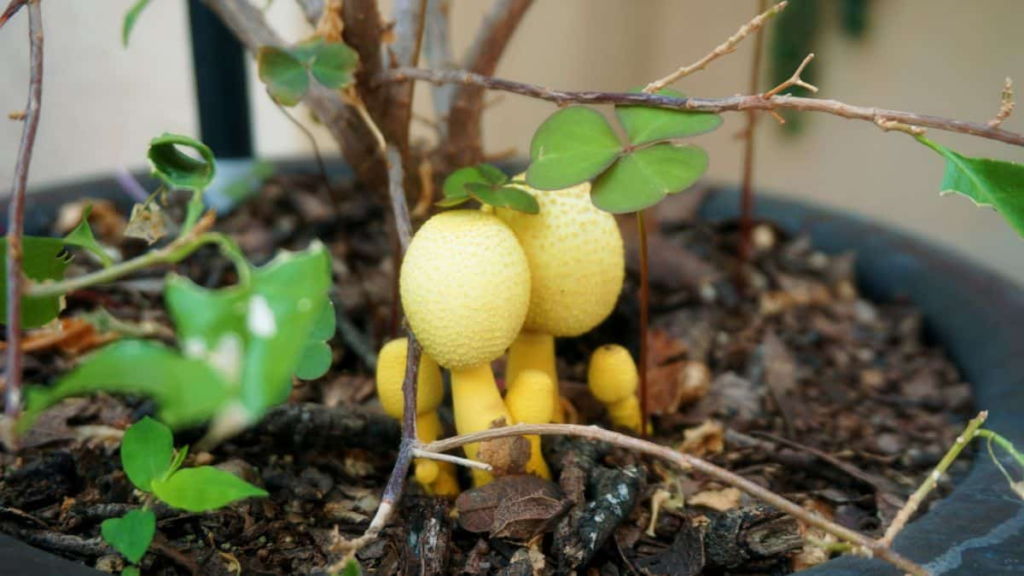
The Plant-Fungus Relationship
Yellow mushrooms growing in your houseplants’ soil are typically saprophytic fungi, meaning they feed on dead organic matter rather than living plant tissue. This means they’re not directly parasitic to your plants and won’t steal nutrients in the way that harmful fungi might.
In fact, some research suggests that certain soil fungi can actually benefit plants through several mechanisms:
- Nutrient Cycling: As fungi break down organic material in the soil, they release nutrients that become available for your plants.
- Soil Structure: Fungal mycelium can improve soil structure, creating channels for better water movement and aeration.
- Symbiotic Relationships: While the yellow mushrooms themselves don’t form beneficial partnerships with plants, their presence indicates soil conditions that might support other beneficial fungi.
A study published by the National Center for Biotechnology Information found that diverse fungal communities in soil can contribute to plant health by suppressing harmful pathogens and supporting nutrient uptake. You can find more information about soil microbiome health at the USDA Natural Resources Conservation Service website.
When to Be Concerned
While yellow mushrooms typically don’t harm plants directly, their presence might indicate conditions that could potentially lead to other issues:
- Excessive Moisture: If mushrooms are thriving, your soil may be too consistently wet, which could eventually lead to root rot issues for your plants.
- Decomposing Materials: Large amounts of mushrooms might indicate excessive amounts of decomposing material in the pot, which could eventually impact soil pH and nutrient balance.
- Competition for Resources: In very small pots with limited soil volume, extensive fungal growth might potentially compete with plants for resources, though this is rarely a significant issue.
The consensus among plant experts is that yellow mushrooms in houseplants are generally more of an aesthetic concern than a health issue for your plants. However, as we’ll discuss in the next section, there may be other reasons you might want to address their presence.
Health and Safety Considerations for Humans and Pets
While yellow mushrooms may not harm your plants, their potential impact on human and pet health deserves careful consideration.
Toxicity of Common Yellow Houseplant Mushrooms
The most common yellow mushroom in houseplants, Leucocoprinus birnbaumii, is considered toxic if ingested. The level of toxicity varies based on several factors:
- For Humans: These mushrooms can cause gastrointestinal distress if consumed, including symptoms like nausea, vomiting, diarrhea, and abdominal pain. They are not typically life-threatening for adults but should absolutely be avoided.
- For Children: The toxicity poses a greater risk to children due to their smaller body mass. Additionally, children may be more likely to be attracted to the bright yellow color.
- For Pets: Dogs, cats, and other household pets can experience similar gastrointestinal symptoms if they consume these mushrooms. Some pets may be more sensitive than others.
The Centers for Disease Control and Prevention (CDC) maintains information about mushroom poisoning and recommends seeking immediate medical attention if you suspect mushroom ingestion has occurred, especially in children. For more information on plant safety, you can visit the CDC’s plant safety resources.
Safety Precautions
If you have yellow mushrooms in your houseplants, consider these safety measures:
- Placement: Keep affected plants out of reach of children and pets.
- Monitoring: Regularly check for and remove mushrooms before they fully mature and release spores.
- Handling: When removing mushrooms, wear gloves to prevent skin contact and wash your hands thoroughly afterward.
- Education: Teach children not to touch or eat any part of houseplants, including anything growing in the soil.
- Emergency Preparedness: Know your local poison control number and keep it accessible in case of accidental ingestion.
While serious poisonings from houseplant mushrooms are rare, it’s better to be cautious, especially in households with curious children or pets who might be tempted to investigate or taste these colorful fungi.
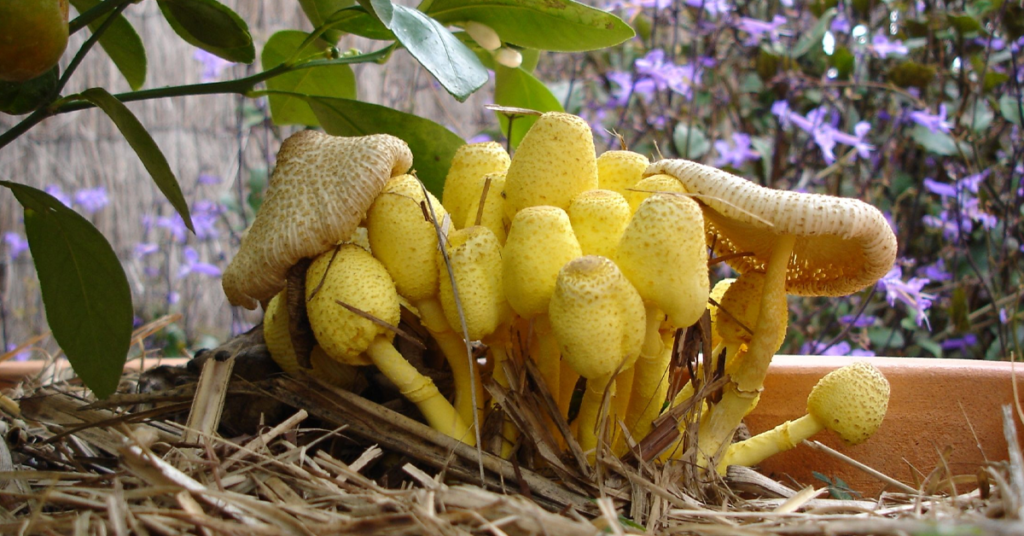
How to Remove Yellow Mushrooms from Houseplants
If you’ve decided to remove yellow mushrooms from your houseplants, either for aesthetic reasons or safety concerns, there are several effective approaches you can take.
Immediate Removal Methods
For quick removal of visible mushrooms:
- Manual Removal: Carefully pluck out the mushrooms by grasping them at the base. Wear gloves for this process and be gentle to avoid disturbing the plant’s roots.
- Soil Scraping: Gently remove the top inch of soil where most of the fungal bodies reside, and replace it with fresh potting mix.
- Disposal: Place removed mushrooms in a sealed bag before discarding them to prevent spores from spreading.
Remember that removing the visible mushrooms doesn’t eliminate the underlying mycelium network in the soil, so they may return unless you address the conditions that favor their growth.
Long-Term Prevention Strategies
To discourage mushrooms from returning:
- Adjust Watering Habits: Allow the top inch of soil to dry out between waterings. Using a moisture meter can help you avoid overwatering.
- Improve Air Circulation: Use small fans or place plants where they receive better airflow to help soil surfaces dry more quickly.
- Change Potting Medium: Consider repotting using a less organic-rich potting mix or adding more perlite or sand to improve drainage.
- Apply Fungicide: Commercial fungicides with active ingredients like copper or potassium bicarbonate can help control fungal growth. Always follow label instructions carefully.
- Cinnamon Application: As a natural alternative, ground cinnamon has mild antifungal properties and can be sprinkled on soil surfaces.
The table below compares different yellow mushroom removal methods based on effectiveness, ease of implementation, and how quickly results might be seen:
| Removal Method | Effectiveness | Ease of Implementation | Speed of Results | Impact on Plant |
|---|---|---|---|---|
| Manual Removal | Moderate (temporary) | Very Easy | Immediate | Minimal |
| Complete Repotting | High | Difficult | Immediate | Moderate stress |
| Fungicide Application | Moderate to High | Easy | 1-2 weeks | Low (if used correctly) |
| Reducing Moisture | High (preventative) | Easy | Several weeks | Generally positive |
| Cinnamon Treatment | Low to Moderate | Very Easy | 1-2 weeks | None |
When to Embrace the Fungi: The Ecological Perspective
While many houseplant owners immediately remove yellow mushrooms, there’s growing recognition of the ecological benefits of maintaining diverse microbial communities in plant soil.
The Soil Food Web
Modern soil science emphasizes the importance of the soil food web—the complex community of organisms that live in soil and interact with each other and with plants. This perspective suggests several reasons you might choose to leave yellow mushrooms in place:
- Biodiversity Indicator: The presence of mushrooms often indicates a living, biologically active soil environment, which many plant scientists consider beneficial for long-term plant health.
- Decomposition Services: Fungi are nature’s recyclers, breaking down organic matter in your potting mix and potentially making nutrients more available to your plants.
- Educational Opportunity: Especially in households with children, mushrooms can provide a fascinating glimpse into natural processes and fungal life cycles.
The Environmental Protection Agency recognizes the importance of soil biodiversity in their research on sustainable ecosystems. You can learn more about soil ecology on the EPA’s ecosystems research page.
Coexisting with Fungi
If you decide to let yellow mushrooms remain in your houseplants, here are some guidelines for peaceful coexistence:
- Safety Precautions: Still take necessary precautions if you have children or pets, perhaps by placing affected plants in inaccessible locations.
- Monitoring: Keep an eye on mushroom growth to ensure it doesn’t become excessive or start affecting plant health.
- Limited Intervention: Consider removing just the mature mushroom caps before they release spores, while leaving the underground mycelium network intact.
- Moisture Balance: Even if you choose to keep the fungi, adjusting watering practices to avoid soggy conditions will help maintain a balanced soil ecosystem.
Many experienced plant enthusiasts have found that, over time, fungal activity in potting soil often reaches a natural equilibrium, with mushrooms appearing less frequently as the decomposition of organic matter stabilizes.

Advanced Care: Creating Balanced Plant Ecosystems
For those interested in a more holistic approach to houseplant care, understanding and managing the entire soil ecosystem can lead to healthier plants with fewer pest and disease issues.
Beneficial Microorganisms
Beyond simply tolerating yellow mushrooms, some plant enthusiasts actively cultivate beneficial soil microorganisms:
- Mycorrhizal Fungi: These specialized fungi form symbiotic relationships with plant roots, extending their reach and helping them access water and nutrients. Commercial mycorrhizal inoculants are available for houseplants.
- Beneficial Bacteria: Certain bacteria can help prevent disease, process nutrients, and create soil structure. Products containing Bacillus species and other beneficial bacteria can supplement your soil ecosystem.
- Balanced Approach: Rather than sterilizing soil to eliminate all fungi, focusing on creating conditions that favor beneficial organisms can lead to more resilient plants.
Advanced Soil Management
These practices can help you maintain a healthy soil ecosystem:
- Compost Tea: This liquid fertilizer made by steeping compost in water can introduce a diverse community of microorganisms to your potting soil.
- Biochar Addition: Adding small amounts of biochar to potting mixes can provide habitat for beneficial microorganisms while improving soil structure.
- Appropriate Organic Matter: Using well-composted organic matter rather than fresh materials can provide nutrients without encouraging excessive fungal growth.
- Proper Container Selection: Choose pots with appropriate drainage and consider the material—terracotta pots breathe and help maintain more balanced moisture levels than plastic containers.
- Seasonal Adjustments: Remember that plants’ needs change throughout the year. Reducing watering during dormant periods can help prevent conditions that favor unwanted fungal growth.
By viewing your houseplants as part of a living system rather than isolated specimens, you can work with natural processes to create more sustainable growing conditions with fewer interventions needed over time.
Conclusion: Finding Your Approach to Yellow Mushrooms
Yellow mushrooms in houseplants represent a fascinating intersection of human living spaces and natural processes. How you choose to respond to them depends on your specific circumstances, priorities, and perspective on plant care.
If you have young children, curious pets, or simply prefer not to see mushrooms appearing in your decorative plants, implementing the removal and prevention strategies outlined in this guide can help you maintain mushroom-free houseplants.
On the other hand, if you’re interested in ecosystem-based approaches to plant care, you might choose to view yellow mushrooms as welcome indicators of a living soil community and adjust your care routines to maintain balance rather than eliminate fungi entirely.
Whichever approach you choose, understanding why mushrooms appear and how they relate to your plants helps you make informed decisions about your indoor garden. With the knowledge you’ve gained from this guide, you’re well-equipped to notice early signs of excessive moisture, recognize common yellow mushroom species, and implement appropriate care strategies for healthy, thriving houseplants.
Remember that even expert plant caretakers occasionally find mushrooms in their potting soil—these persistent fungi have been part of plant ecosystems for millions of years, and their appearance in your houseplants connects your home to these ancient natural processes.
By approaching yellow mushrooms with knowledge rather than concern, you can continue to enjoy the many benefits of indoor plants while maintaining a healthy environment for yourself, your family, and your botanical companions.


